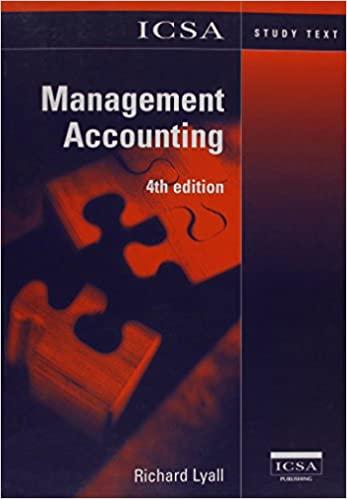Answered step by step
Verified Expert Solution
Question
1 Approved Answer
1. Consider the following Solow-Swan model of growth: Y(t)L(t)A(t)K(t)I(t)=[K(t)][A(t)L(t)]1=L(0)ent=1forallt=I(t)K(t)=S(t)=sY(t) where 0L(0)ns0>0>0 and I(t) is the investment, s is the exogenous saving rate. Other variables are

Step by Step Solution
There are 3 Steps involved in it
Step: 1

Get Instant Access to Expert-Tailored Solutions
See step-by-step solutions with expert insights and AI powered tools for academic success
Step: 2

Step: 3

Ace Your Homework with AI
Get the answers you need in no time with our AI-driven, step-by-step assistance
Get Started


